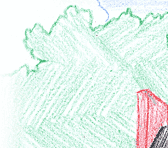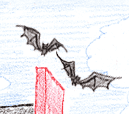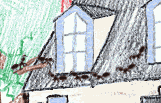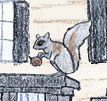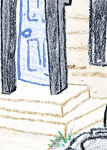|
How to Recognize a Rabid RaccoonThroughout the month of October, NJ.com has been reporting on a rash of possibly rabid raccoons in nearby Hopatcong, New Jersey. According to the news site, as of October 23, police officers had responded to reports of three sick raccoons, all of which were shot and killed. These reports came after a recent incident, this one in the Black River Wildlife Management area, in which a rabid coyote attacked two cyclists and a jogger before being killed by a Cliffside Park man who happened to be out hunting. While alarming, sightings of rabid animals are nothing new to New Jersey or the Greater Philadelphia area. "We have always had rabid animals," police Lt. Thomas Kmetz told NJ.com. "I have shot many raccoons in my 23 years here." Rabies, a viral disease that infects the central nervous system, causes disease in the brain and is almost always fatal if left untreated. It's been around since at least 2,000 B.C. - an ancient text gives instructions for recognizing it in dogs - and it's undergone periods of great prevalence, such as in 19th-century France and Belgium. Today, awareness and rapid treatment have greatly curbed rabies cases, but it still causes about 26,000 to 55,000 deaths worldwide per year, mostly in Asia in Africa. In the United States, there are only one or two rabies-related human deaths each year, always involving people who fail to seek medical assistance in time. Rabies spreads through the saliva of infected animals, generally through bites. Anytime there's a chance you've come into contact with an infected animal's saliva, you should seek immediate medical attention. Furthermore, anytime you think you see a rabid animal, you should contact police right away. With all of these rabies-related incidents going on in our area, we thought it might be helpful to give you a list of ways to recognize a rabid raccoon. Here are some warning signs:
People tend to think that being aggressive is a sign of rabies, but actually this kind of behavior can occur in healthy raccoons. Furthermore, a raccoon out during the day is not necessarily rabid. While raccoons are most active at night, they've been known to come out during the day for a snack or a drink of water, in the same way you or I might trek to the fridge in the middle of the night. Of course, if you suspect for any reason there's a sick raccoon nearby, you should call in an expert or call the police! To learn about keeping your home raccoon free, be sure to check out our blog post! We perform exclusion services to keep creatures from crashing your home. 
|
|||||||||||||||||||||||||||||||||||||||||||||||||||||||||||||||||||
